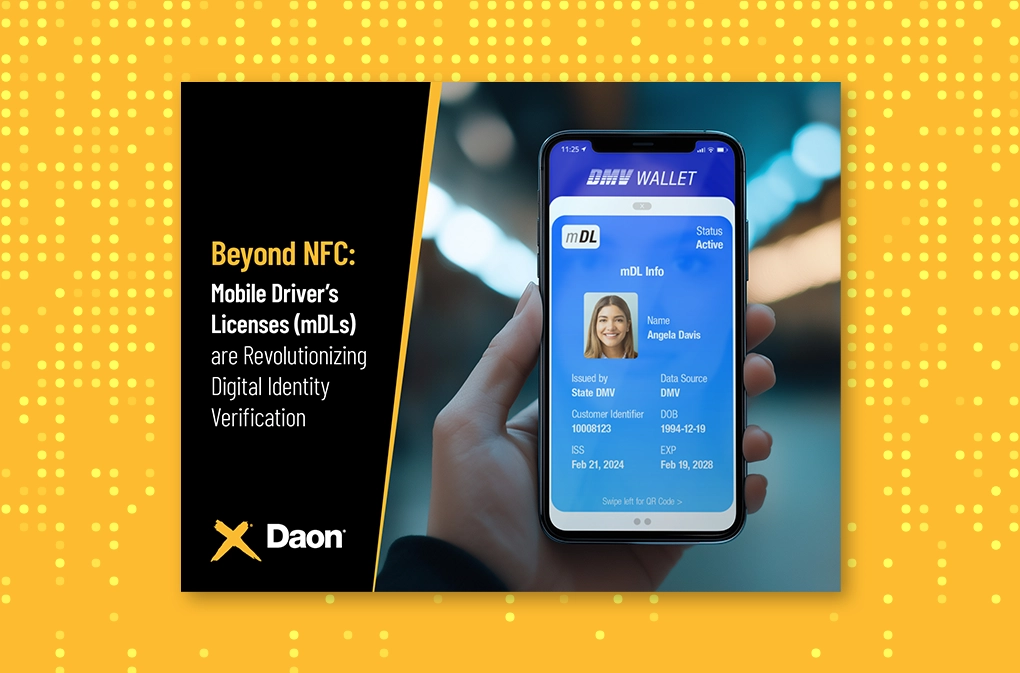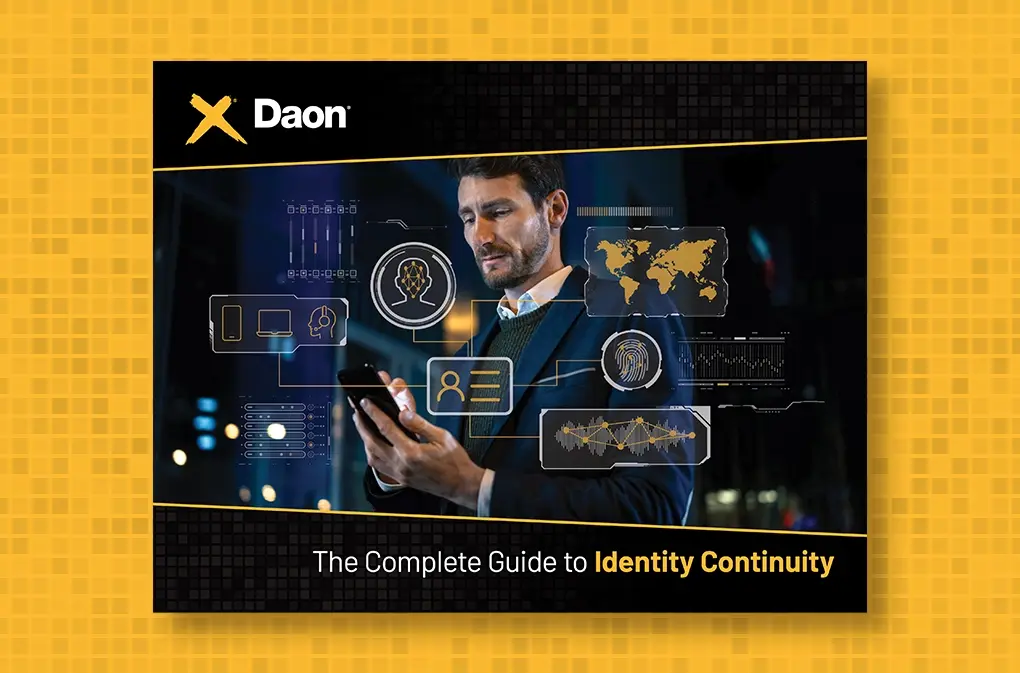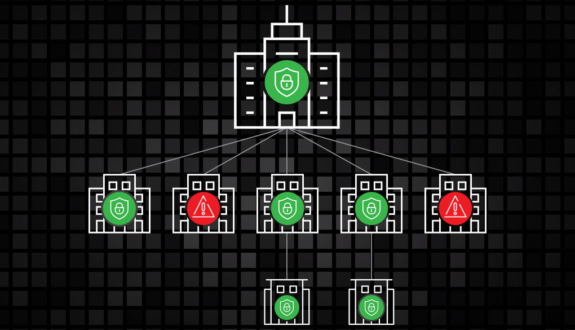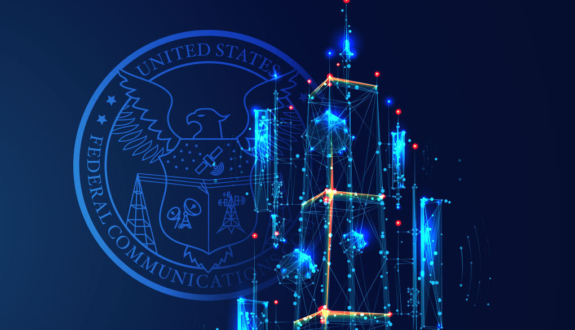Keeping Telecoms Fraud-Free
From preventing SIM-swapping to enabling remote onboarding, we’ve helped some of the world’s largest telecommunications operators protect themselves from current and emerging fraud risks, reduce average call handling time, and mitigate customer churn.
In the past, telecom operators generally provided mobile phone products and services that they protected by relying on the in-person exchange of physical SIM cards. SIMs linked a customer (and their identity) to an account in order for that customer to access the operator’s services. Today, the range of products and services offered by telcos has grown to include things like broadband, TV, and subscription services, in addition to their legacy offerings. These primarily digital offerings, along with the growing adoption of eSIM technology to replace physical SIMs, are making it easier for customers to access services and manage their accounts. But the mass switch to digital has also increased the opportunity for SIM-swapping and other identity fraud, causing the need for most operators to completely revamp their onboarding processes.
With consumers’ phones often being a single wall of protection between criminals and their bank accounts, medical information, and other important personal information, telcos are under increasing pressure from regulators to do a better job of protecting customer identities. To provide user experiences that match the level of security these services demand and to meet the expectations of digital-savvy customers, telecommunications organizations need to ensure they have a single, secure, and reliable way to manage customer identities.
Your eSIM registration process (and the CIAM platform powering it) should be a competitive strength, not a source of customer churn or fraud loss. Secure authentication regulations and digital-only customers are making some telecom providers feel like they are headed toward a future filled with uncertainty. But Daon offers telecoms the seamless, cross-channel identity verification and authentication solutions needed to meet the security and user experience demands of today — and the flexibility to adapt to what may come tomorrow.











